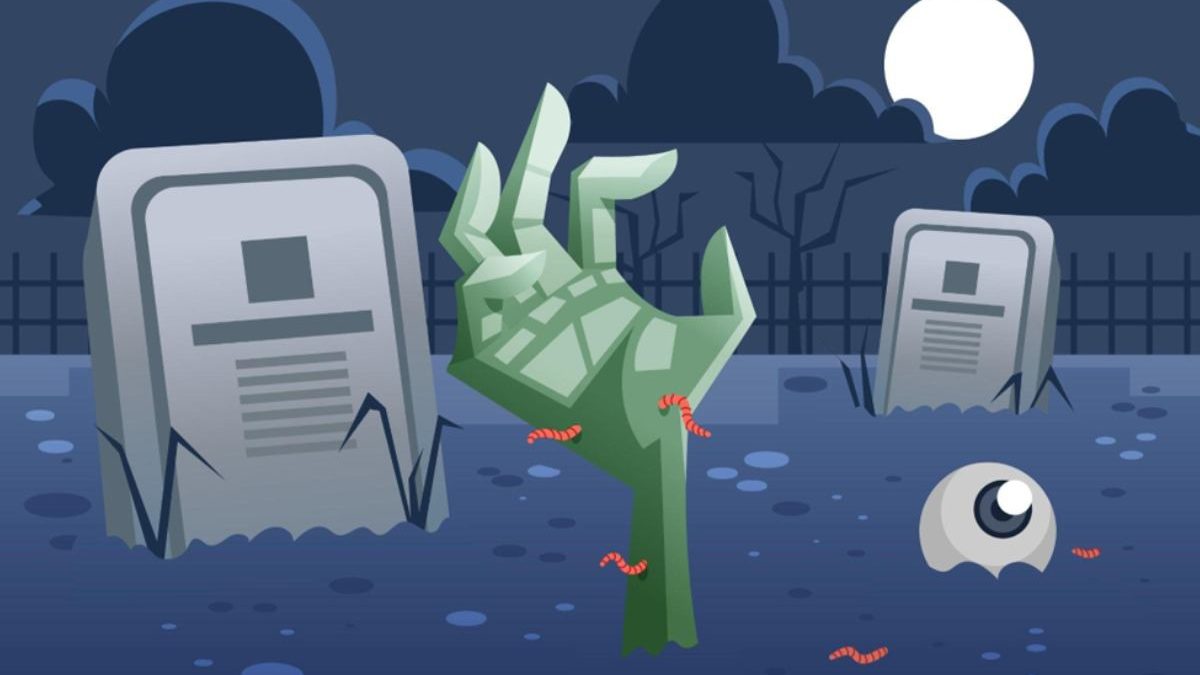Most people believe pressing delete erases a file. In reality, it just hides it. The data lingers on servers, hard drives, or in forgotten cloud folders until someone decides to overwrite or properly destroy it.
For businesses, that lingering is dangerous. What looks like nothing more than digital dust can still be reconstructed and weaponized. A graveyard of old data becomes a hunting ground for cybercriminals and a liability for companies that thought they cleaned house.
Table of Contents
The Cost of Keeping Ghosts Around
Data breaches are no longer rare incidents. They are expected. According to IBM’s 2023 Cost of a Data Breach Report, the average global cost reached $4.45 million per incident. What makes this worse is how often the compromised information was outdated. Old customer records, expired employee files, or stale financial data are still valuable to attackers. Keeping this information on life support is like leaving your front door wide open long after you moved out.
Why Businesses Fear Deletion
Many organizations hoard data because they believe it might be useful later. Market insights. Legal protection. Future strategies. The problem is that the line between “might need it” and “never looked at it again” is thin. Businesses pile up terabytes of forgotten files because deletion feels risky, when in reality the greater risk is keeping it. In an age where compliance regulations tighten year by year, the fear of deleting is misplaced.
Compliance Is Not Just Paperwork
Regulations like GDPR in Europe and HIPAAin the United States are often framed as bureaucratic burdens. But their core intent is clear: protect individuals from having their personal information mishandled. That means businesses cannot afford to stockpile ghost data indefinitely. Noncompliance fines can cripple, and reputation loss can erase customer trust overnight. Proper data destruction is not about appeasing regulators. It is about acknowledging that the company owes people more than lip service when it comes to privacy.
The Myth of DIY Destruction
Dragging files into the trash bin or running a quick disk wipe gives the illusion of security. But forensic recovery tools can often bring that data back. Physical drives tossed into dumpsters are even worse. Headlines are littered with stories of sensitive corporate information found in abandoned storage or recycled hardware. Without certified destruction, every discarded device is a liability waiting to be uncovered.
The Graveyard Is Bigger Than You Think
Every business has a hidden graveyard of data. Old email servers left running. Archived project folders. Former employee laptops gathering dust in storage closets. Outdated backup tapes stacked in boxes. Each forgotten piece of hardware is a potential skeleton in the closet. Most leaders do not realize the scale until a breach exposes it. By then, it is too late to claim ignorance.
The Illusion of Cloud Safety
Cloud storage feels infinite and invisible. Out of sight, out of mind. But cloud providers are not immune to breaches. Even deleted files can persist in backups long after you think they are gone. Without strict lifecycle management policies, businesses end up with ghost data floating across servers worldwide. The cloud may have eliminated filing cabinets, but it has amplified the graveyard problem by spreading it across jurisdictions.
The Psychology of Hoarding Data
There is also a cultural reason businesses hoard. Data has been sold as “the new oil” for over a decade. No executive wants to be the one who deleted something that later seemed valuable. So they keep everything. Fear of missing out becomes fear of cleaning out. This mindset treats data as eternal, when in reality its value decays rapidly. Stale customer information is not insight, it is risk.
Why Professional Destruction Exists
Professional data destruction companies exist for a reason. They do not just wipe. They certify. They provide proof that data has been destroyed beyond recovery, whether through digital shredding, degaussing, or physical destruction of drives.
For businesses, this creates a paper trail of accountability that protects against legal challenges and reputational damage. Partnering with specialists like Absolute Destruction turns a vague IT chore into a defensible business decision.
When Destruction Becomes Strategy
Forward-thinking organizations now see data destruction as part of cybersecurity, not an afterthought. They schedule regular purges, audit retention policies, and integrate destruction into workflows. The shift is cultural as much as technical. It says: we do not cling to ghosts, we protect what matters and bury what does not. This mindset not only reduces risk, it signals maturity to customers, investors, and regulators.
Case Studies in Consequences
Look at companies fined millions for leaving customer data exposed. Many of those breaches could have been avoided if outdated information had been destroyed instead of archived. A database no one has touched in five years is not an asset. It is a time bomb. Every year, governments publish enforcement actions that read like cautionary tales. The graveyard always comes back to haunt those who pretend it does not exist.
The Future of Destruction
As artificial intelligence advances, the potential for reconstructing fragments of lost or hidden data grows. That means “good enough” deletion methods will age badly. The only defense is precision. Secure, certified, and irreversible destruction will become the standard. Companies that build this into their culture now will be the ones prepared for a future where nothing stays hidden for long.
Final Thoughts
The digital graveyard is real. Files thought forgotten linger in servers, hard drives, and cloud backups until someone digs them up. Businesses that ignore this reality invite disaster. Seasoned leaders know that cybersecurity is not only about building walls to keep attackers out. It is about dismantling the ghosts inside. Data destruction is not the end of information. It is the end of risk.
Also Read: How to Enjoy Dining with a View of Burj Khalifa at Dubai Mall?

